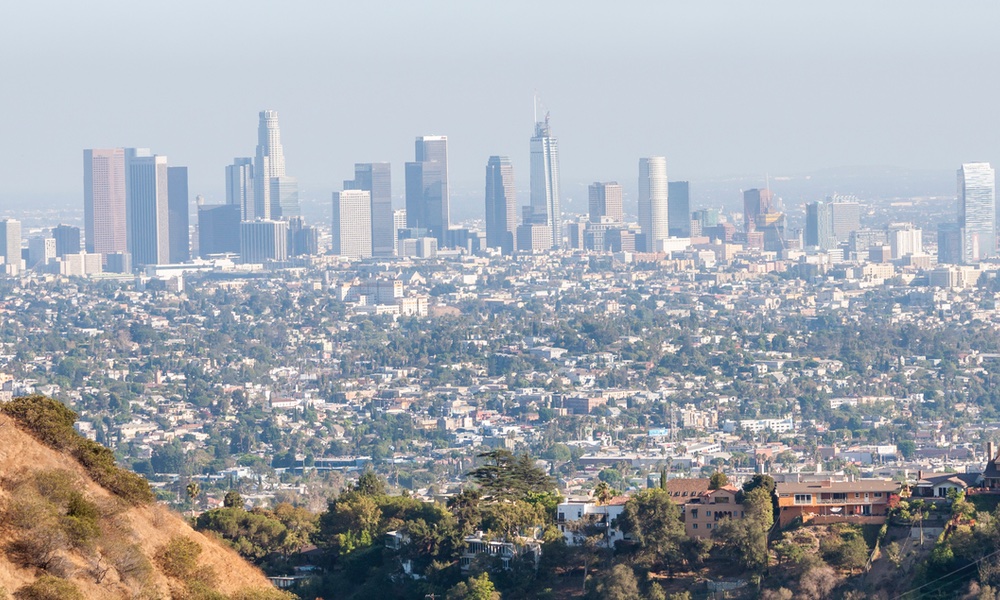When children breathe in irritants such as pollen, secondhand smoke or artificial scents like those in household cleaners, their lungs and airways become inflamed, and they can develop asthma.
For kids with asthma, something as common and simple as catching a cold can trigger an asthma attack. Air pollution is a factor, too, a recent study finds; and it is far more difficult to avoid.
Nitrogen dioxide (NO2) is a pollutant released from the tailpipes of cars and trucks on the road, as well as from industrial sites. Crowded roadways tend to drive pediatric asthma cases way up, a George Washington University study shows. If found that air pollution caused nearly 2 million cases of pediatric asthma each year between 2000 and 2019.Pollution-related childhood asthma exists in almost every major metropolis from Los Angeles and New York to Delhi and Tokyo.
The study also found that:
- Two-thirds of the estimated 1.85 million new pediatric asthma cases attributed to NO2 around the world in 2019 occurred in urban areas.
- Dirty air and particularly NO2 pollution have been on the rise in South Asia, Sub-Saharan Africa and the Middle East.
- Tougher clean air regulations put in place by higher income countries including the United States have resulted in a 4 percent drop in childhood asthma cases linked to NO2 in urban areas between 2000 to 2019.
These health gains will continue to grow if countries continue to work to reduce nitrogen dioxide pollution. “Reducing fossil fuel-powered transportation can help children and adults breathe easier and may pay big health dividends, such as fewer cases of pediatric asthma and excess deaths,” Anenberg notes. “At the same time, it would also reduce greenhouse gas emissions, leading to a healthier climate.”
Meanwhile, here are some things The Asthma and Allergy Foundation recommends that you can do to protect your children from common asthma triggers:
- Limit the spread of respiratory infections and colds by being sure you and your kids wash your hands frequently.
- When it’s pollen season, try to keep the kids indoors and keep the house cool with an air conditioner that also filters the air. Avoid using window fans that draw in outside air.
- If your local weather forecast announces an “ozone action day”, avoid outdoor activity as much as possible.
- Develop a plan with your pediatrician to help control your child’s asthma.
The study is published in Lancet Planetary Health.





